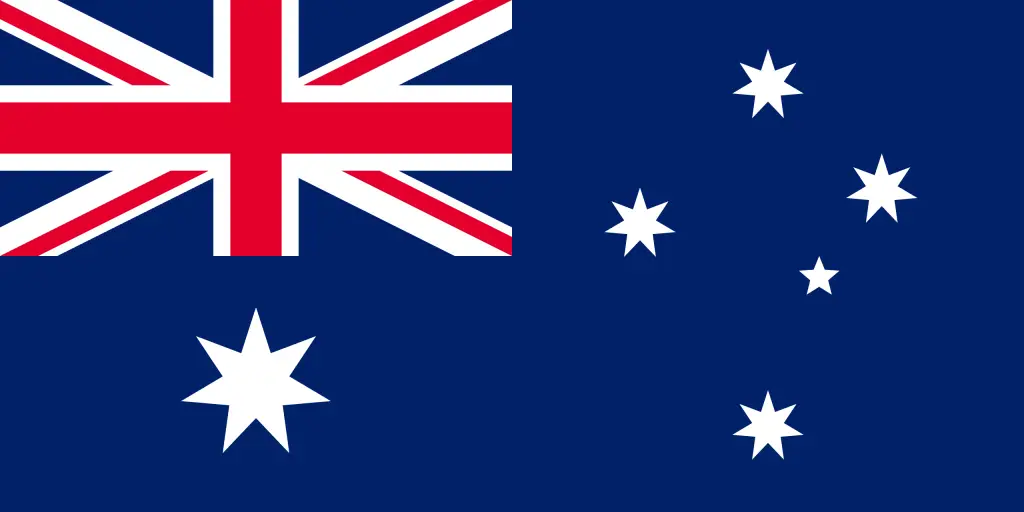Country Information
| Sovereign State | Yes |
| Country Codes | PG, PNG, 598 |
| Official Name | Independent State of Papua New Guinea |
| Continent | Oceania |
| Capital | Port Moresby |
| Government Type | Parliamentary Democracy under a Constitutional Monarchy |
| Currency | Papua New Guinean Kina (PGK) |
| Calling Code | +675 |
| Member Of | United Nations, Commonwealth of Nations, Pacific Community, Pacific Islands Forum |
| Population | Approximately 8.9 million |
| Total Area | 462,840 km² |
| Highest Point | Mount Wilhelm (4,509 meters, 14,793 feet) |
| Lowest Point | Pacific Ocean (0 meters, 0 feet) |
| GDP Per Capita | USD 2,400 |
| Life Expectancy | 65 years |
| Internet TLD | .pg |
Papua New Guinea National Anthem
O Arise, All You Sons
O arise all you sons of this land,
Let us sing of our joy to be free,
Praising God and rejoicing to be
Papua New Guinea.
Flags of Neighboring Countries



History of the Papua New Guinea Flag
The national flag of Papua New Guinea was officially adopted on July 1, 1971, ahead of the country’s independence from Australia on September 16, 1975. The flag was chosen through a national competition and designed by a 15-year-old schoolgirl, Susan Karike.
The flag is divided diagonally from the top hoist-side corner, with the upper triangle in red and the lower one in black. Both triangles feature prominent traditional symbols: the red triangle displays the Raggiana bird-of-paradise in yellow, a symbol of the country’s rich fauna, and the black triangle includes the Southern Cross constellation in white, representing Papua New Guinea’s location in the Southern Hemisphere and its historical connection to other nations of the South Pacific.
The design of the flag symbolizes national unity and the country’s diverse cultural heritage. The use of red, black, and yellow are traditional colors found in Papua New Guinean art and clothing. The bird-of-paradise is a culturally significant symbol in the country, representing freedom and the nation’s cultural heritage.
Since its adoption, the flag has become a symbol of national pride and identity. It is used extensively within Papua New Guinea and in international settings, representing the sovereignty and unique cultural heritage of this Pacific nation. The flag’s design captures the essence of Papua New Guinea’s traditional artistry, its natural beauty, and its aspirations as a nation.

